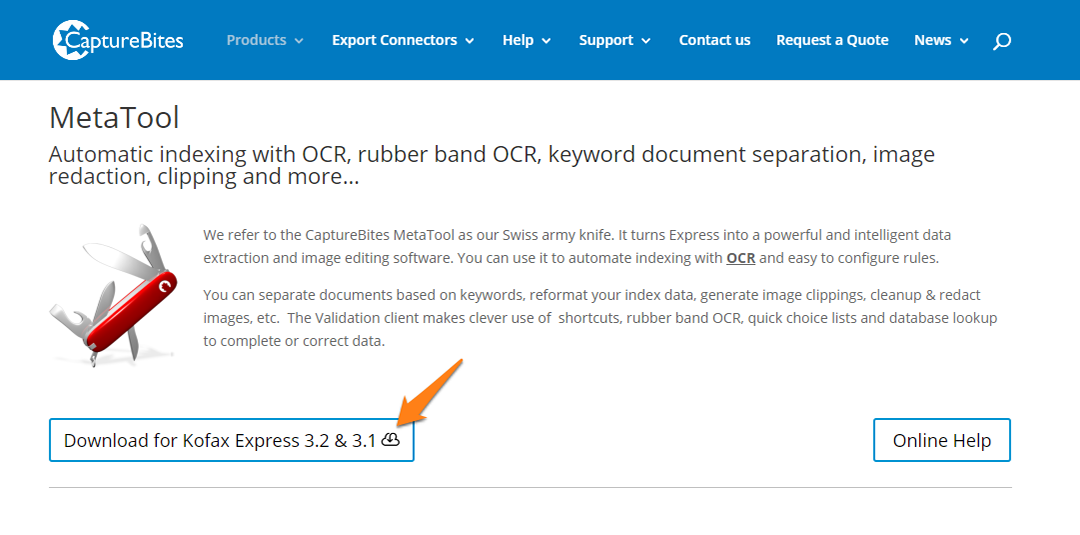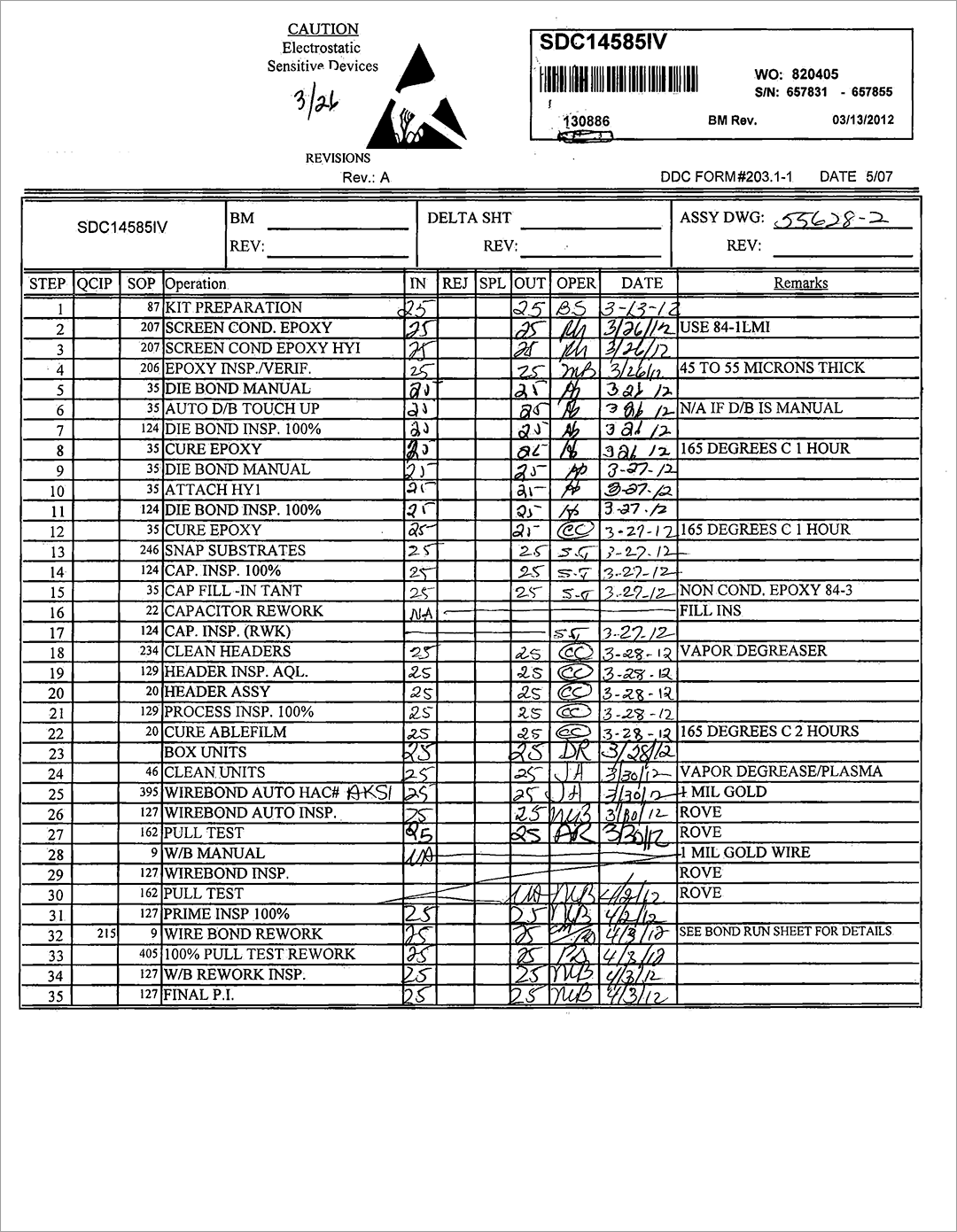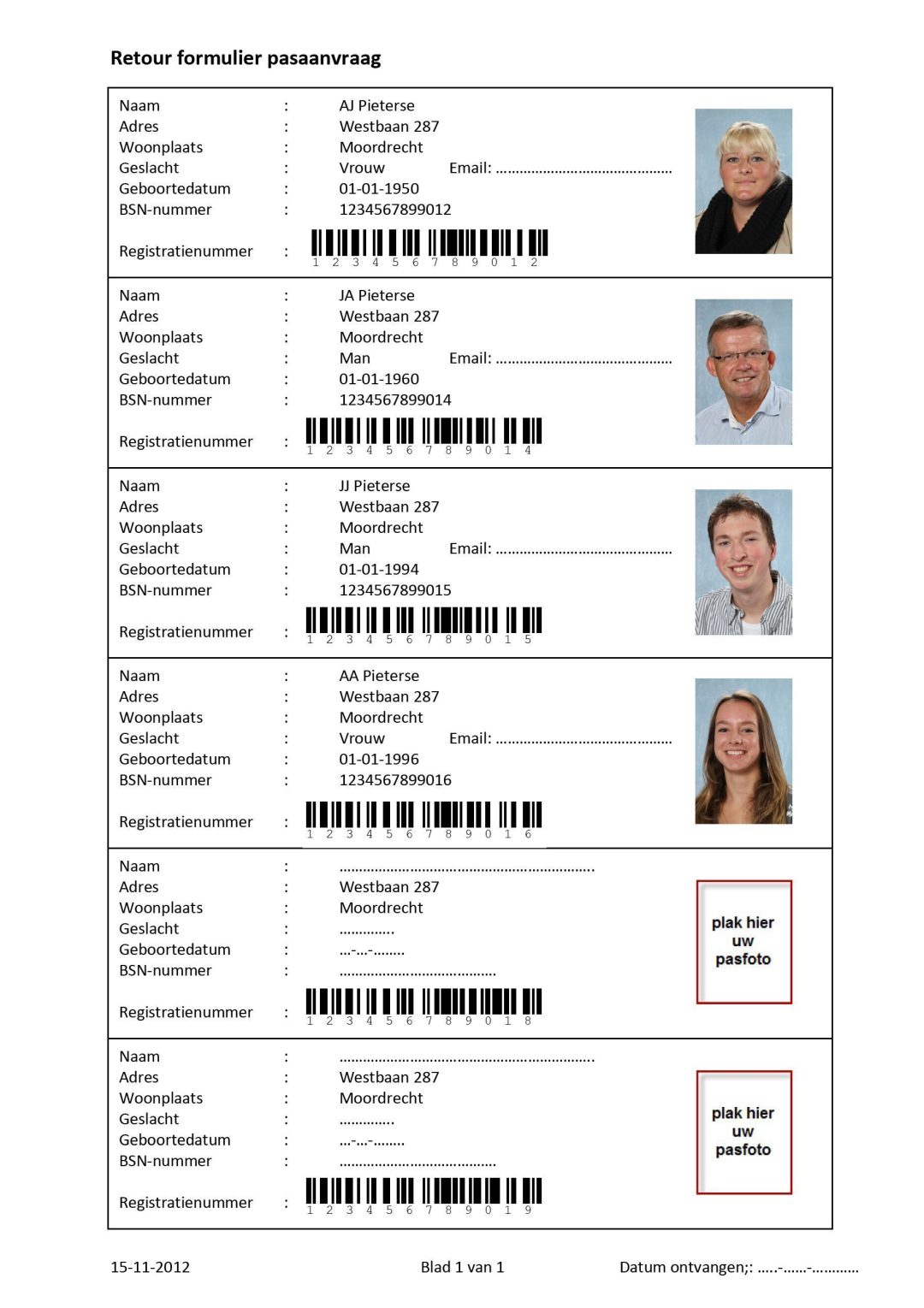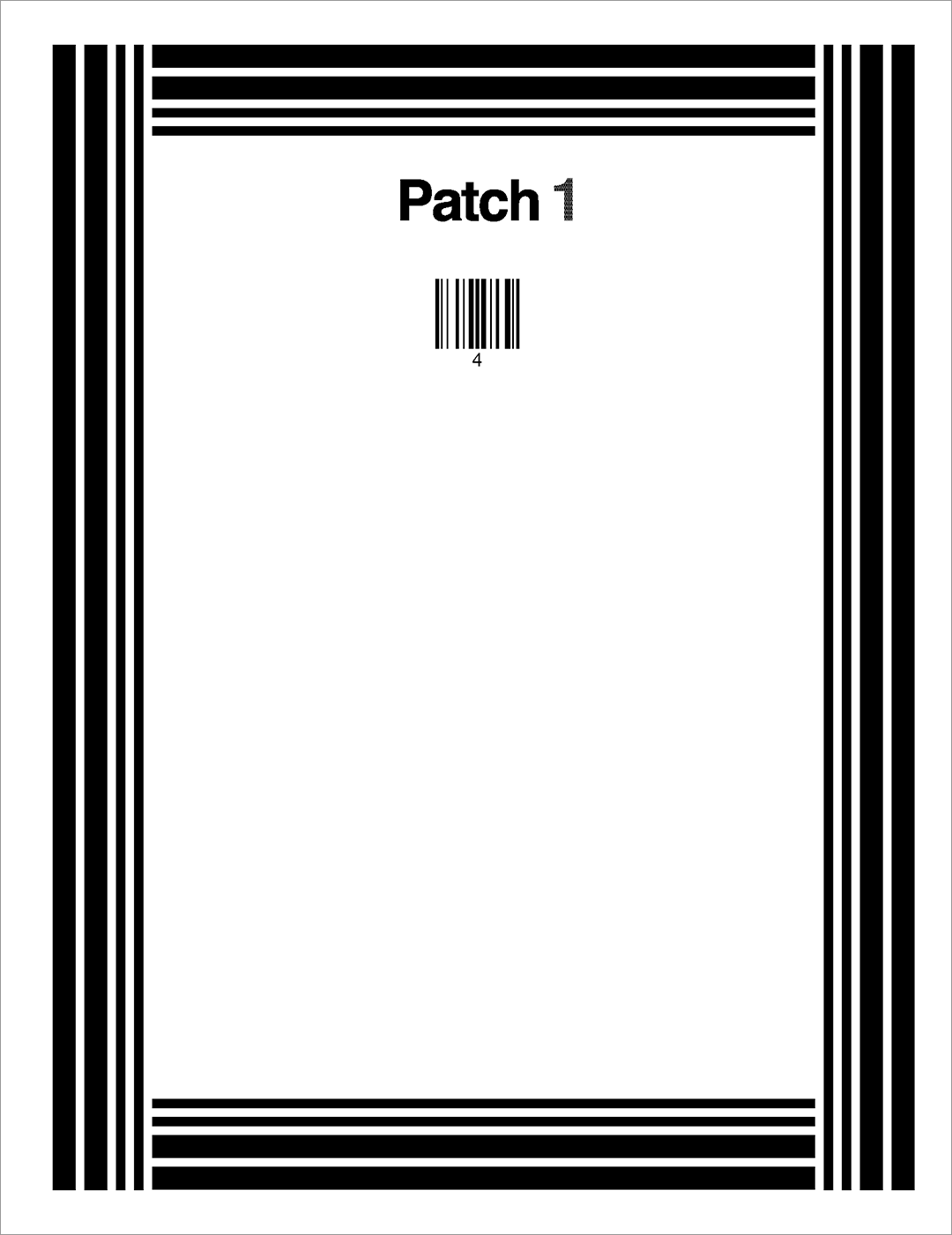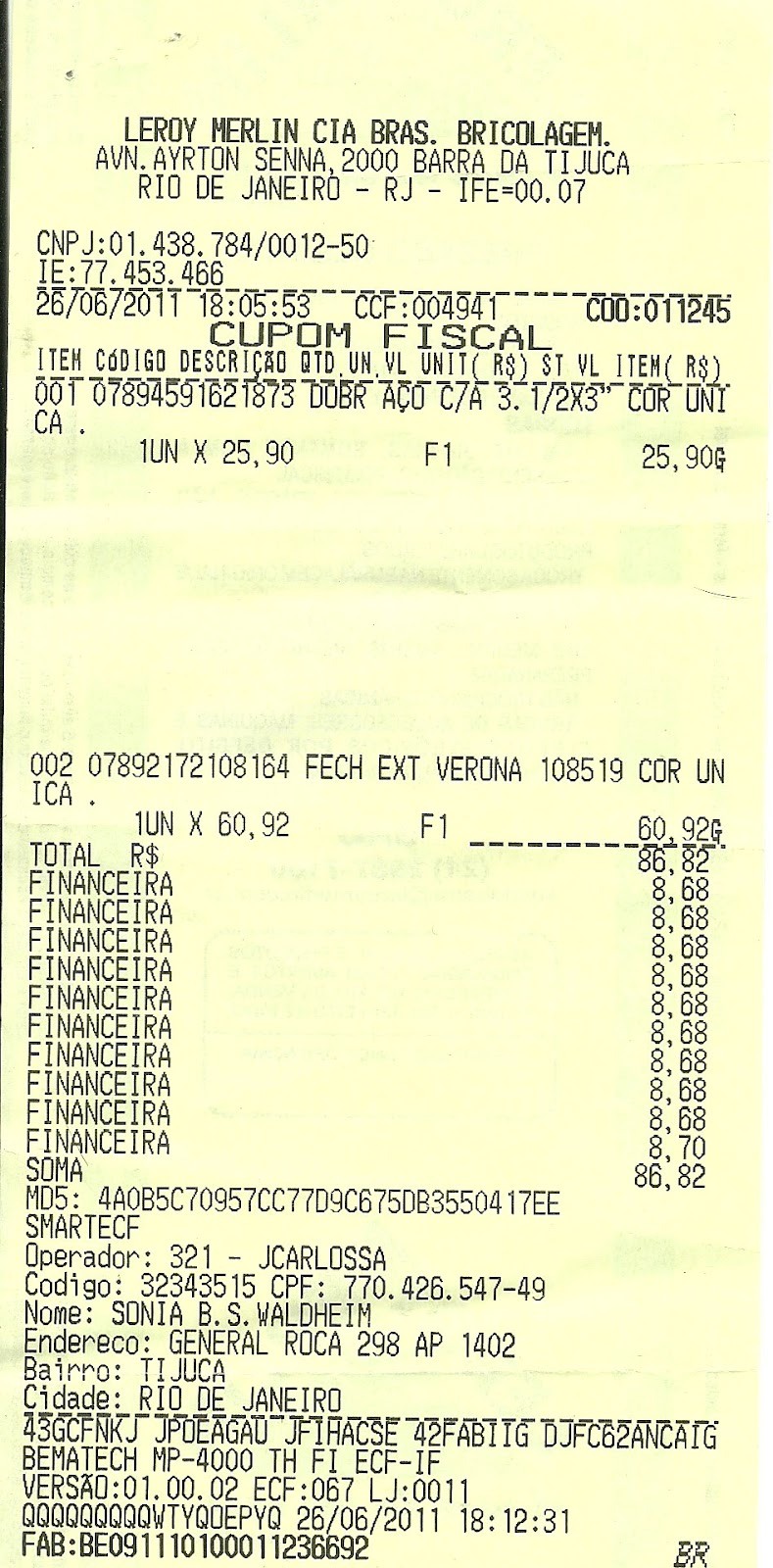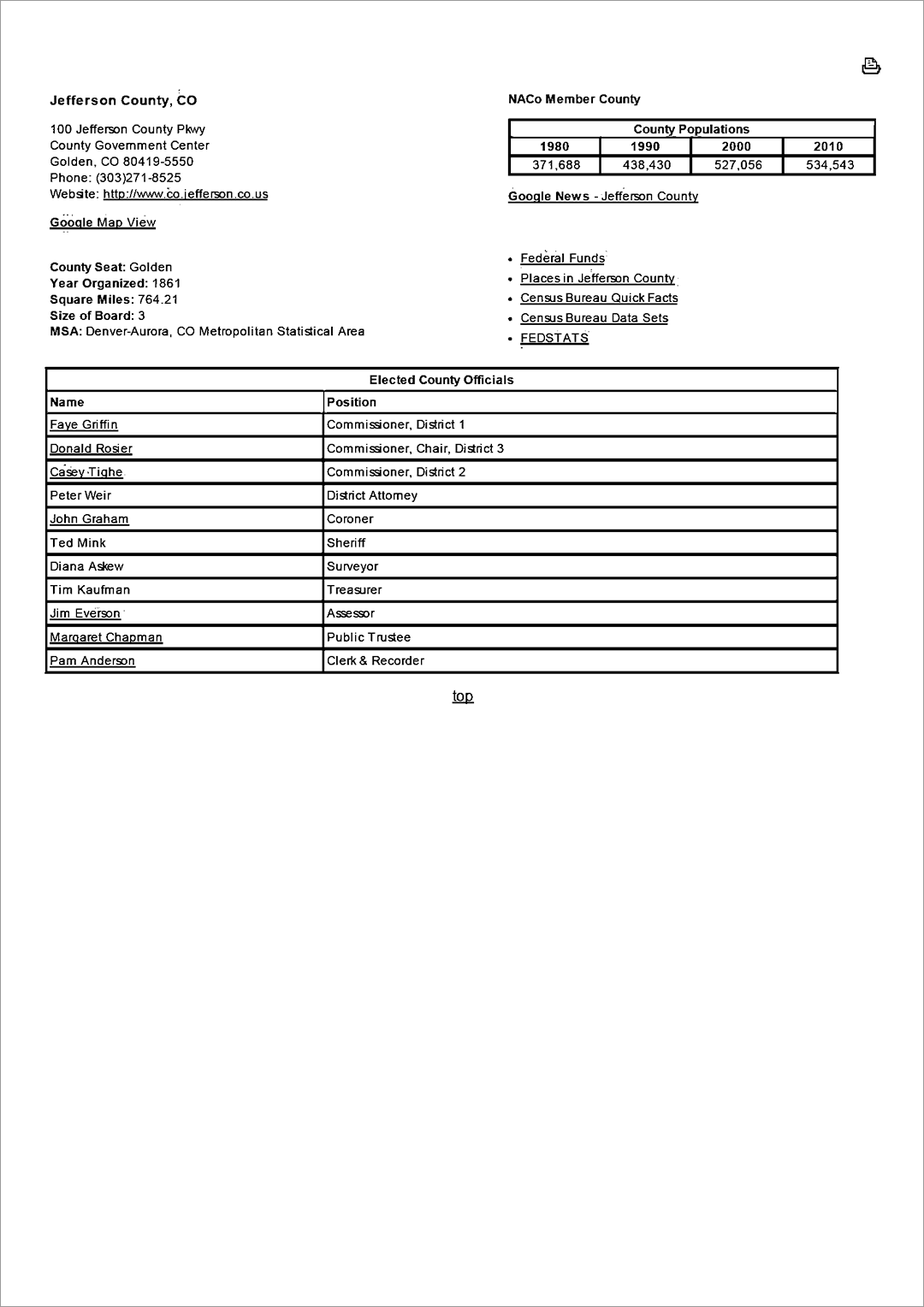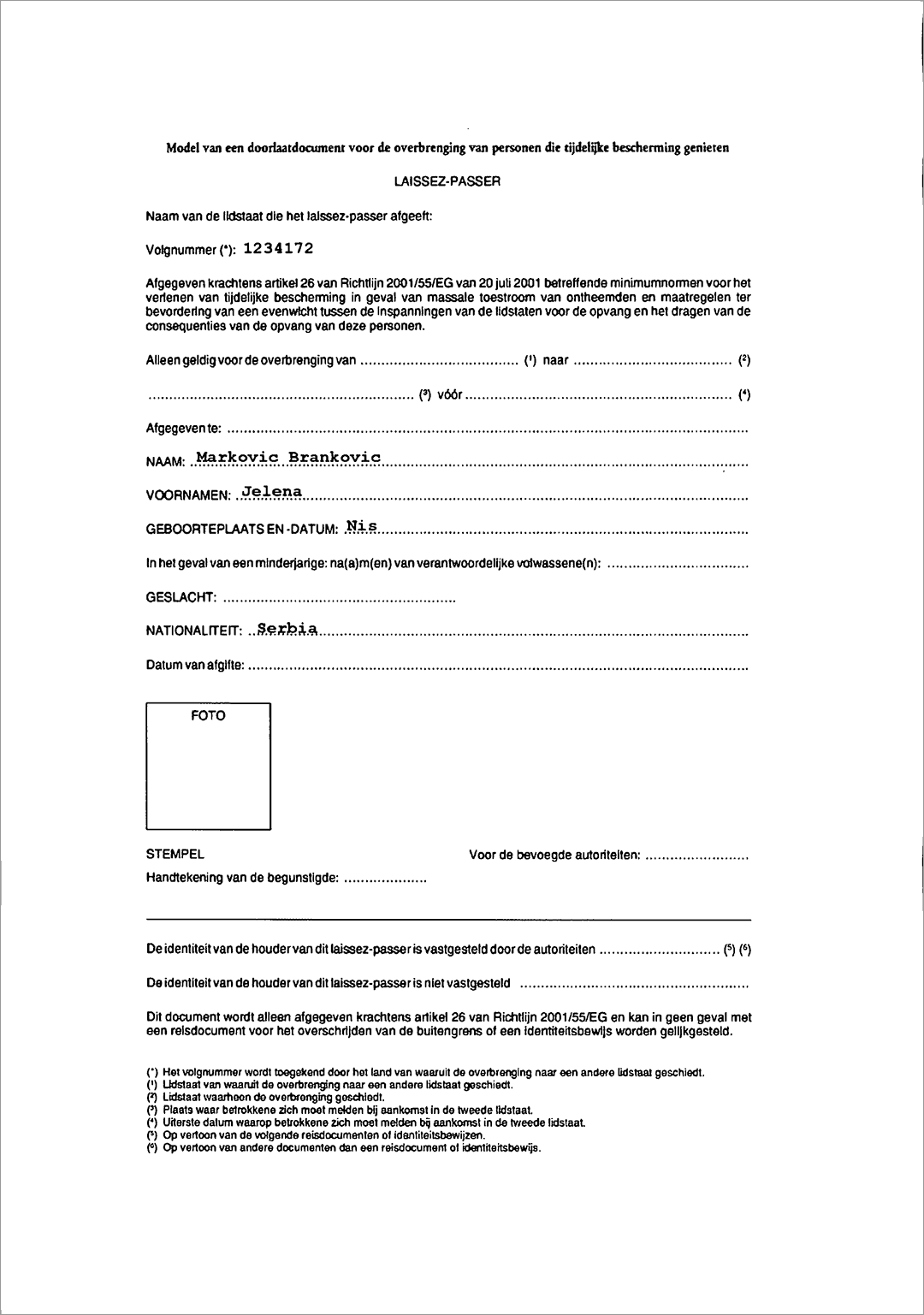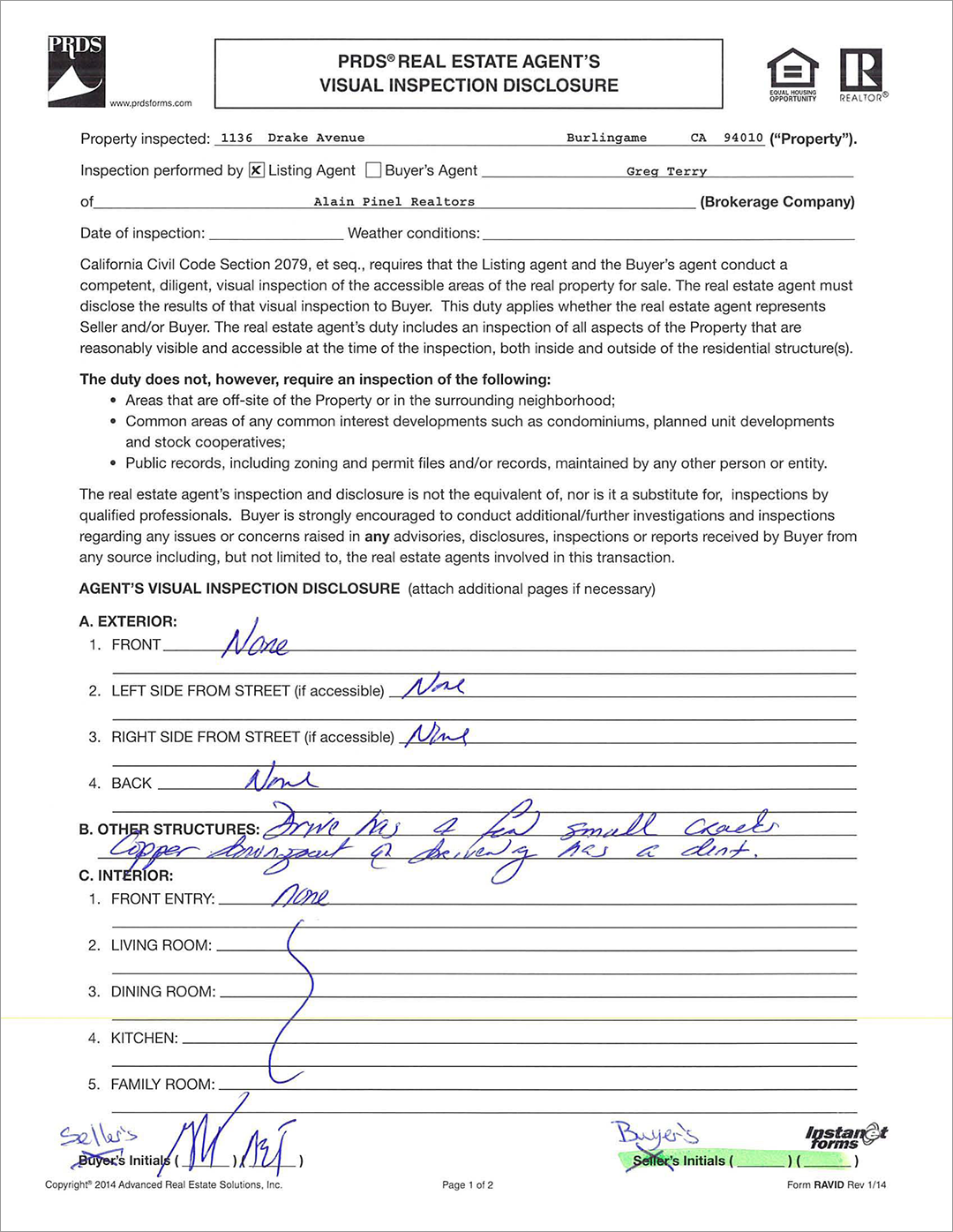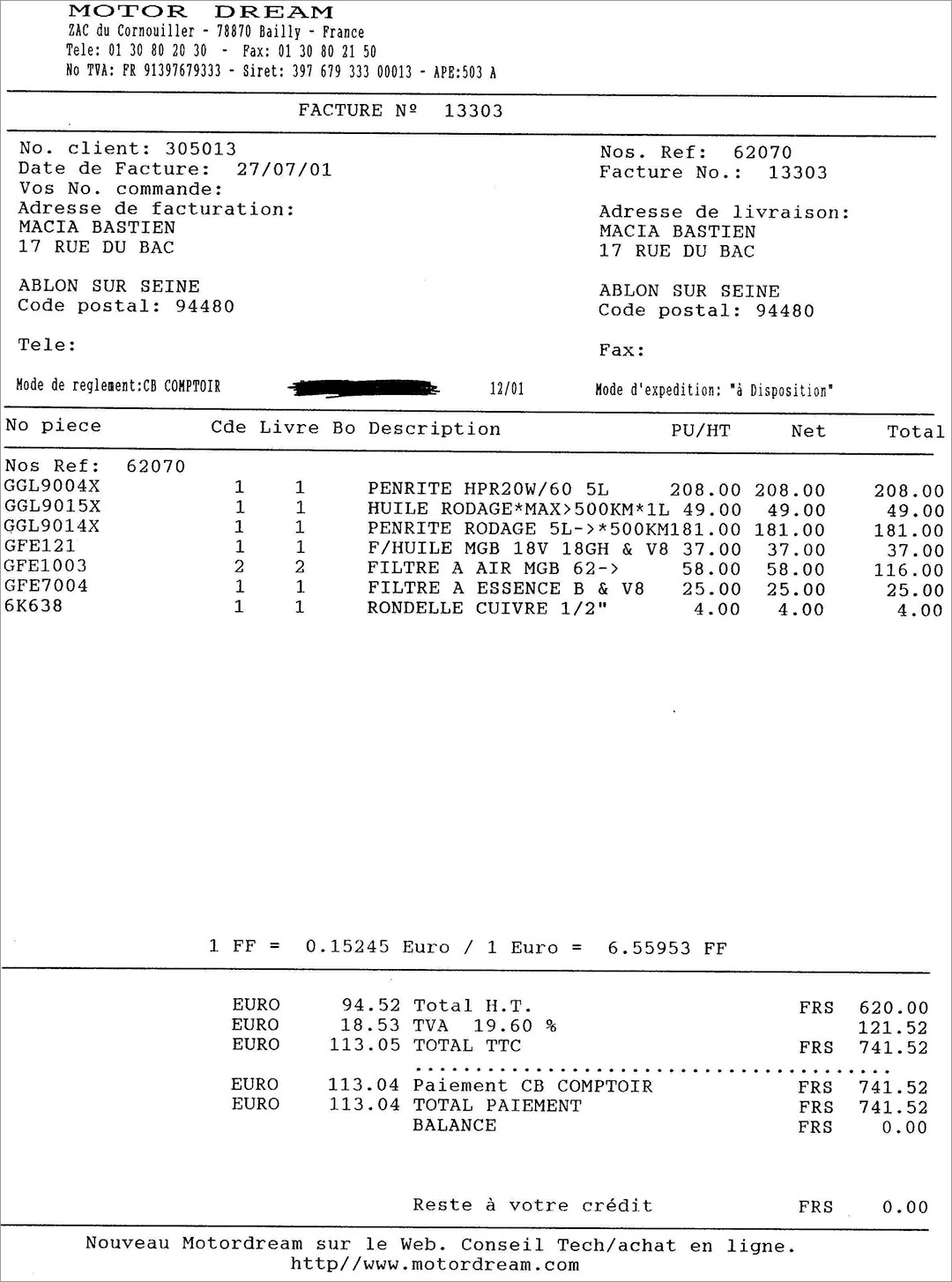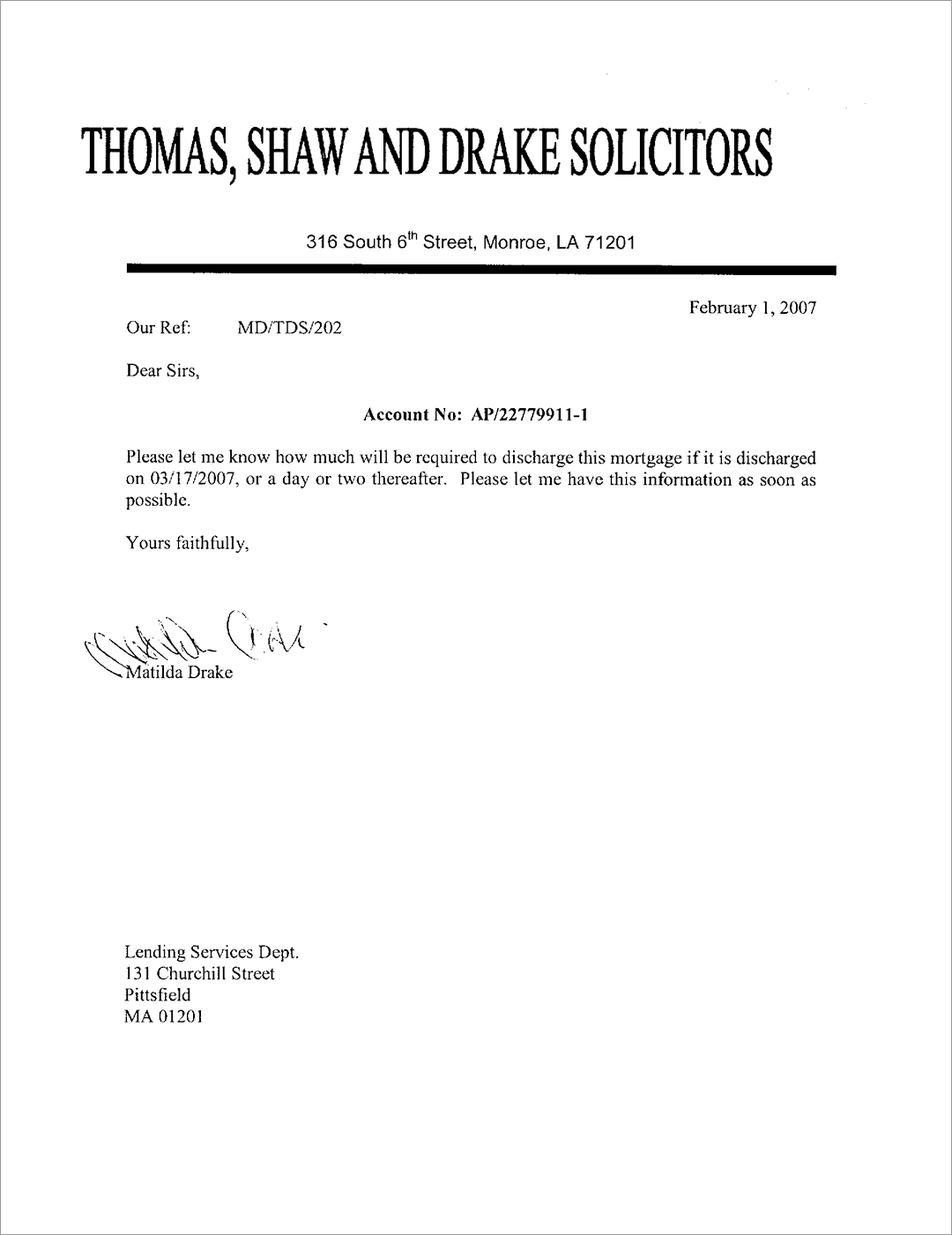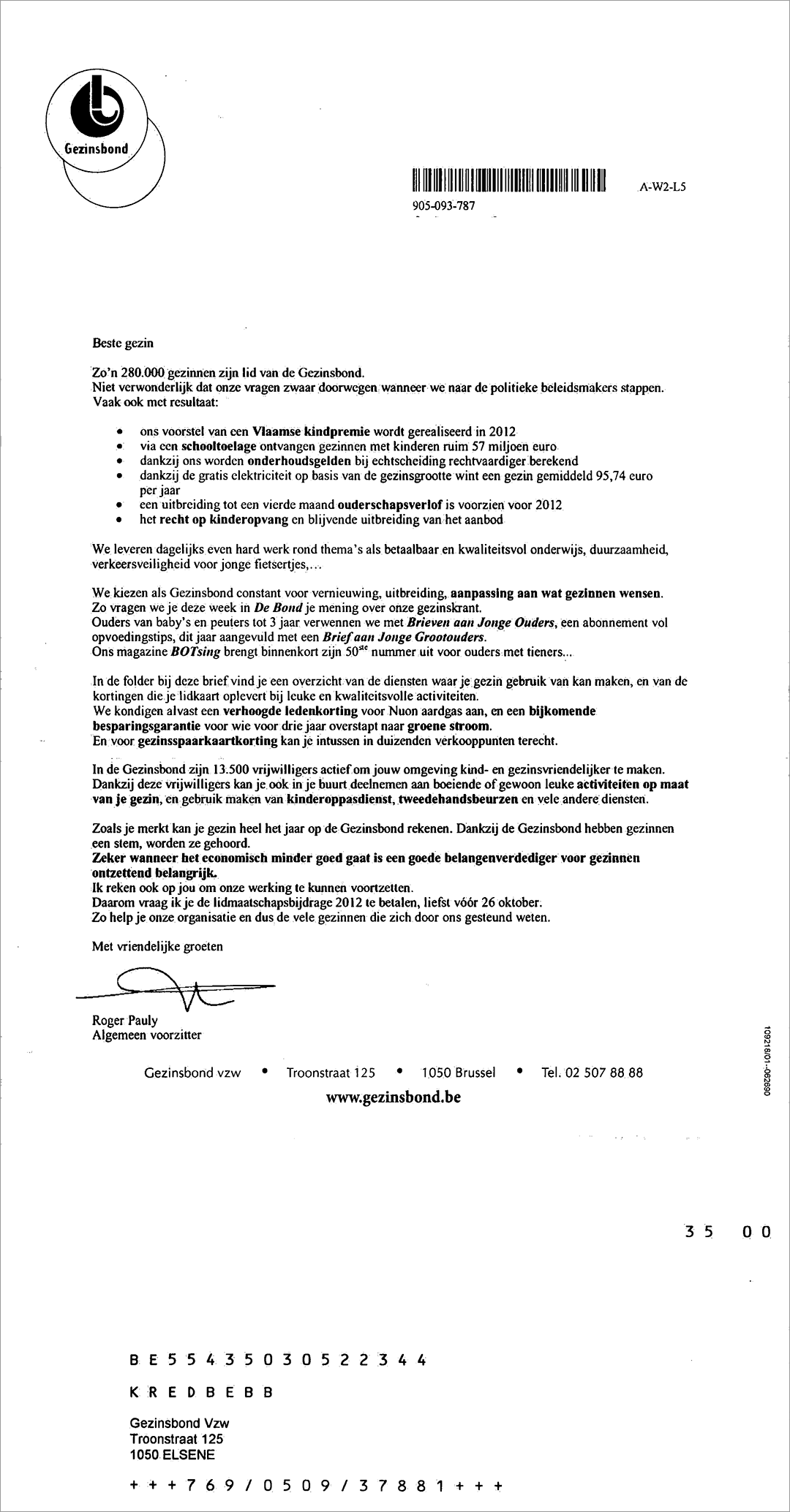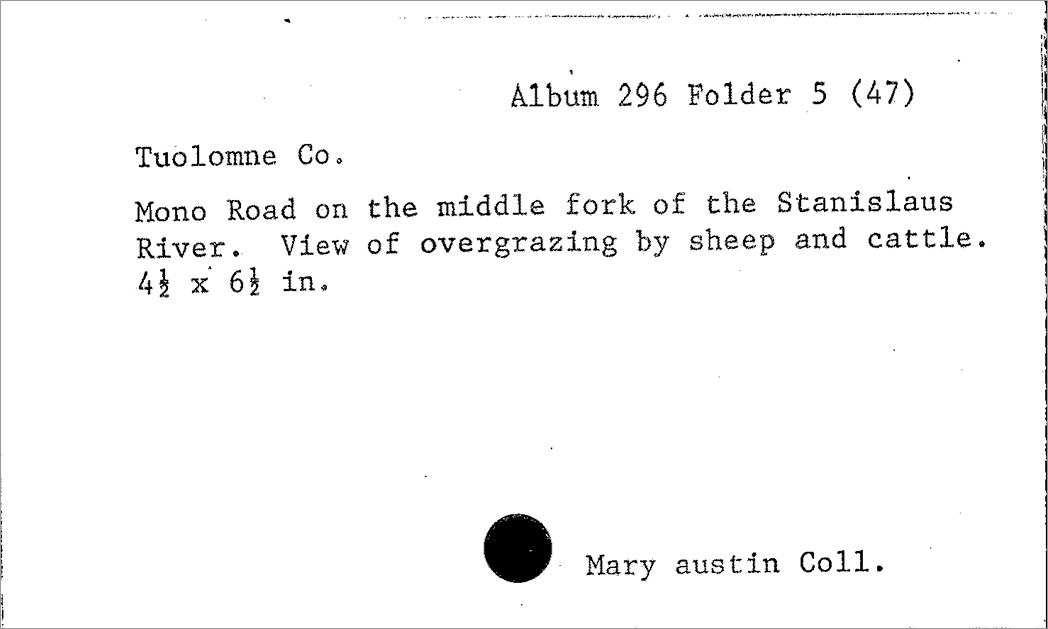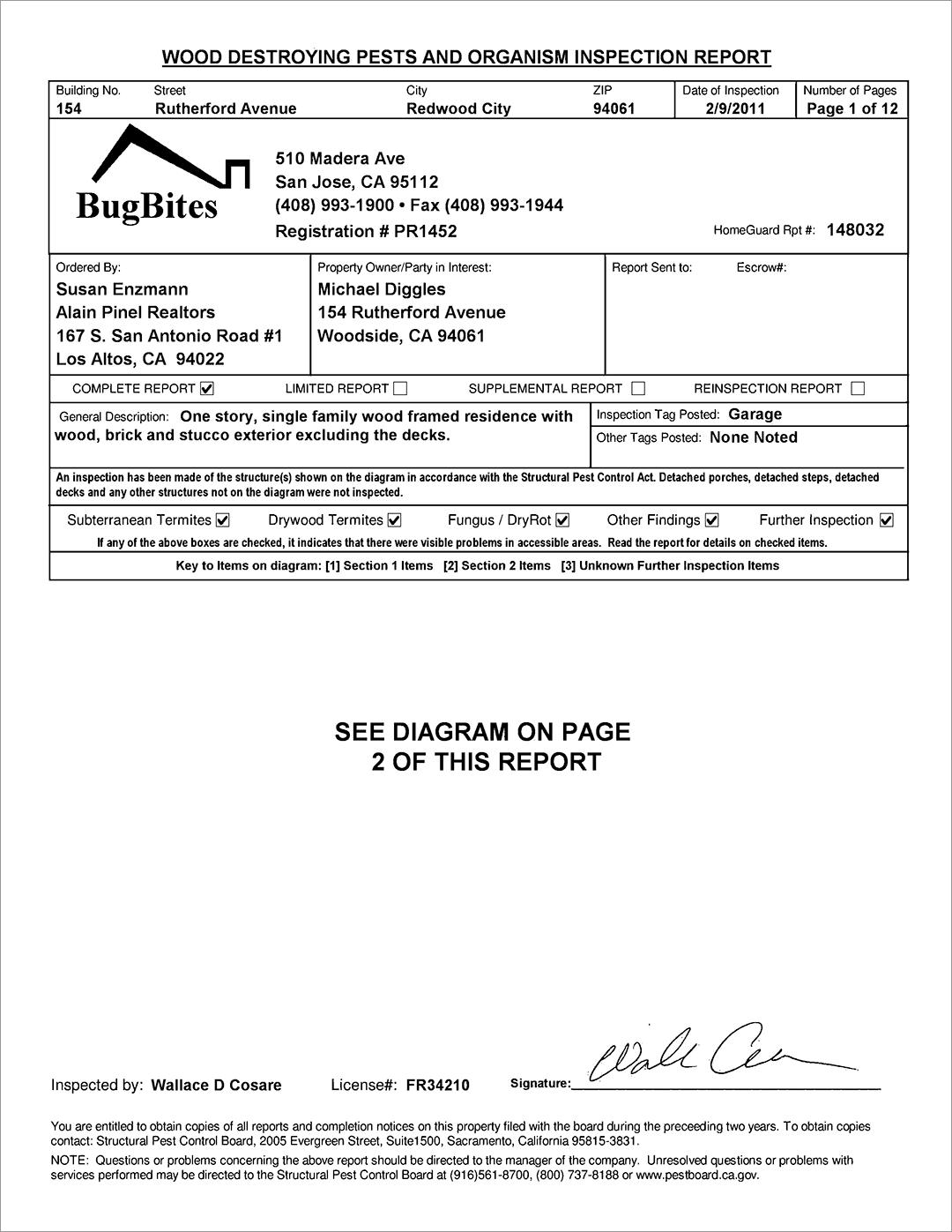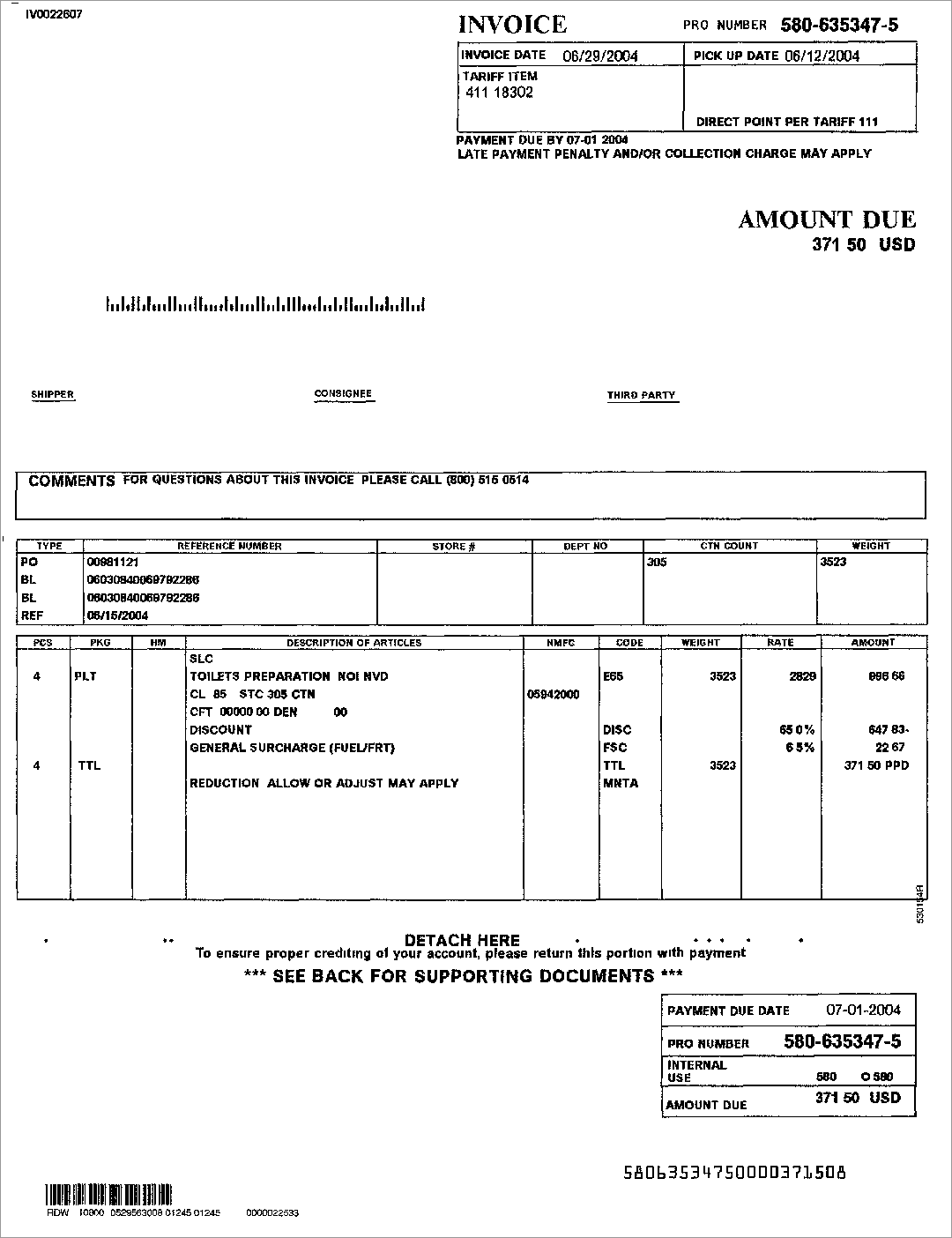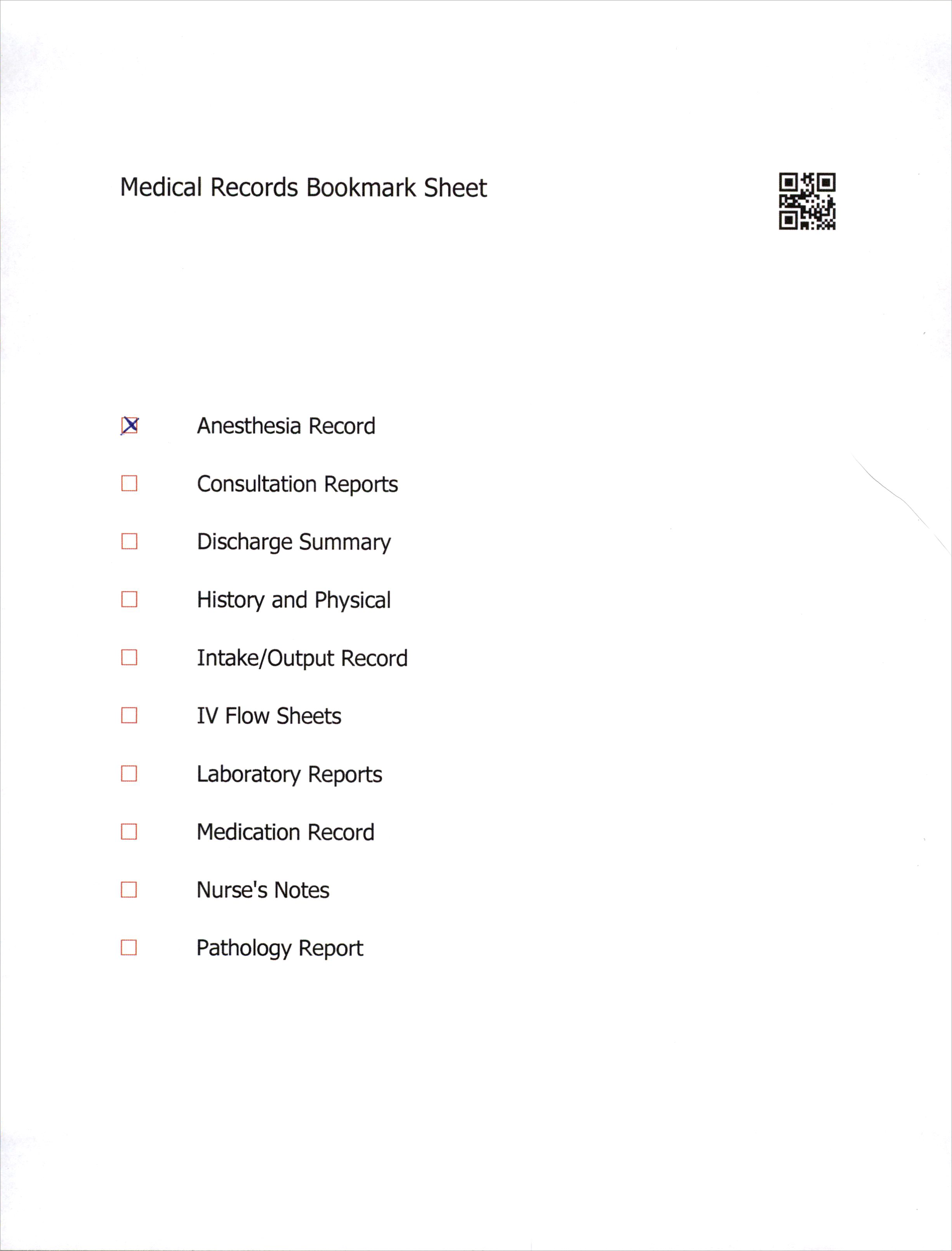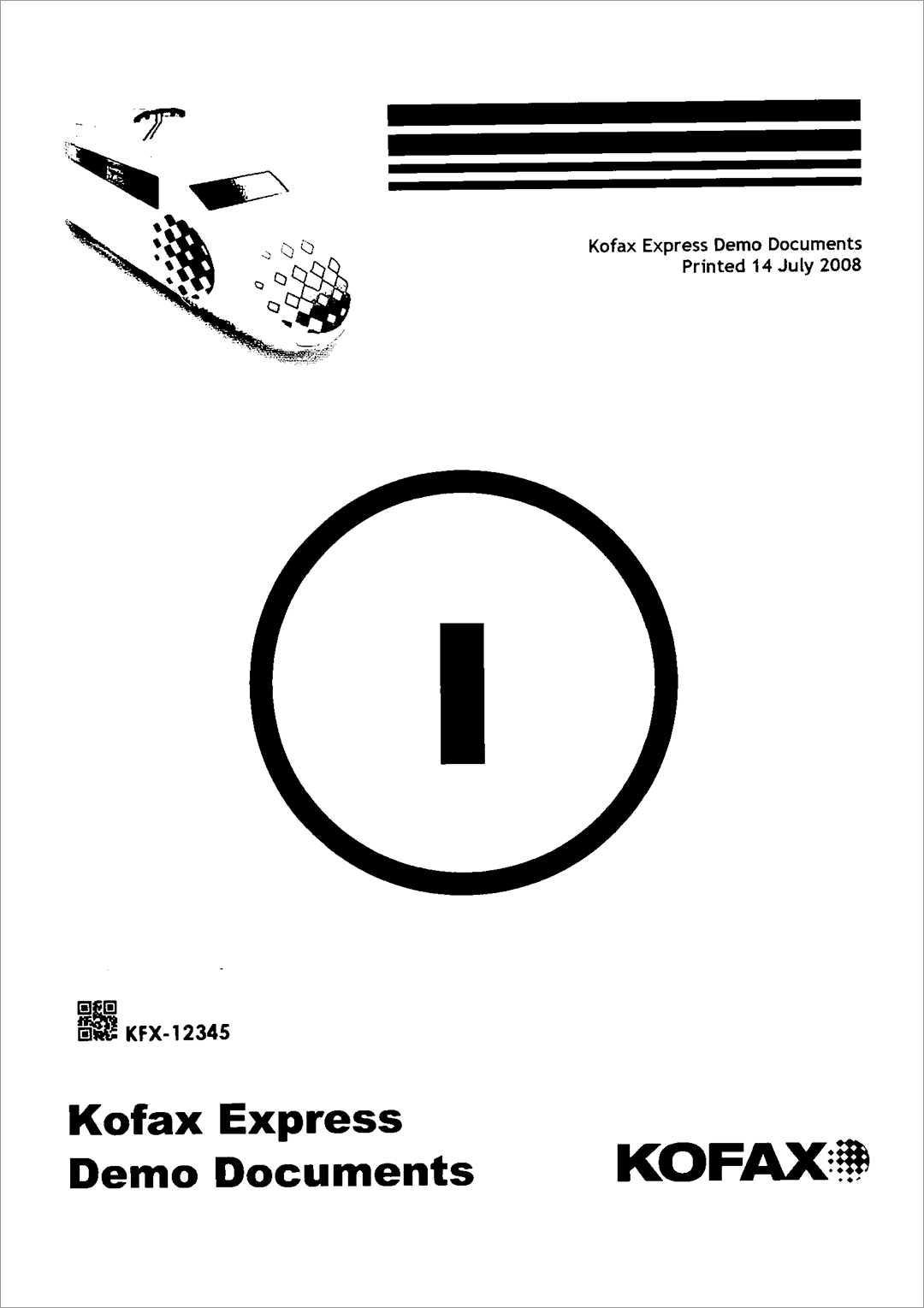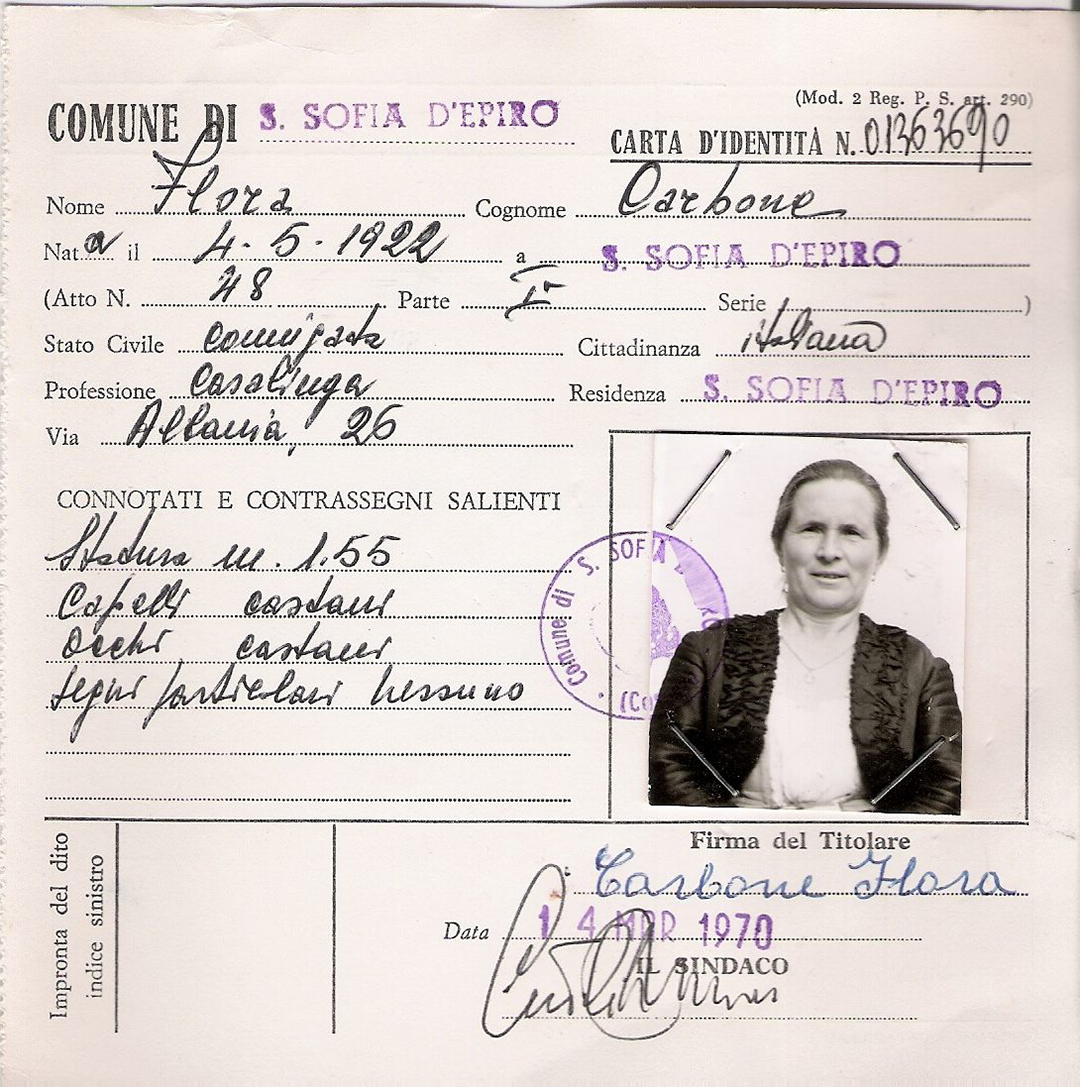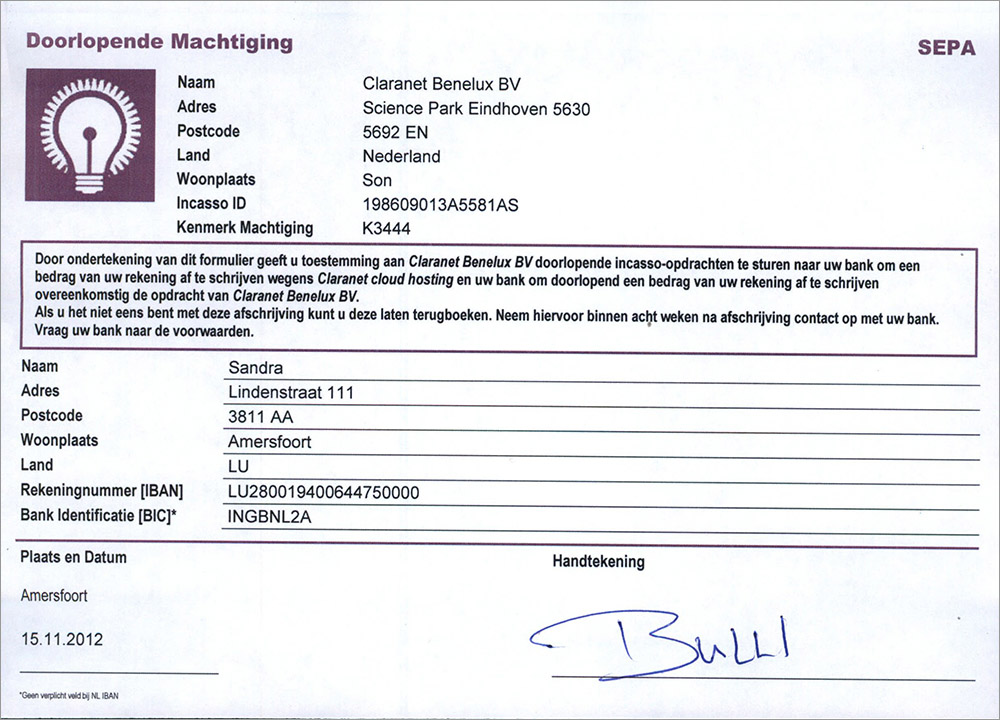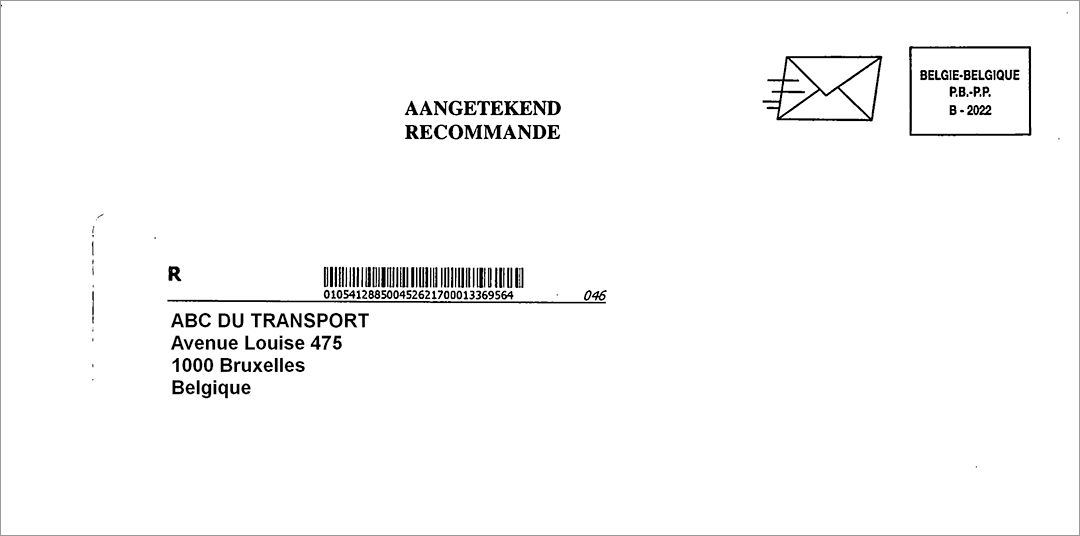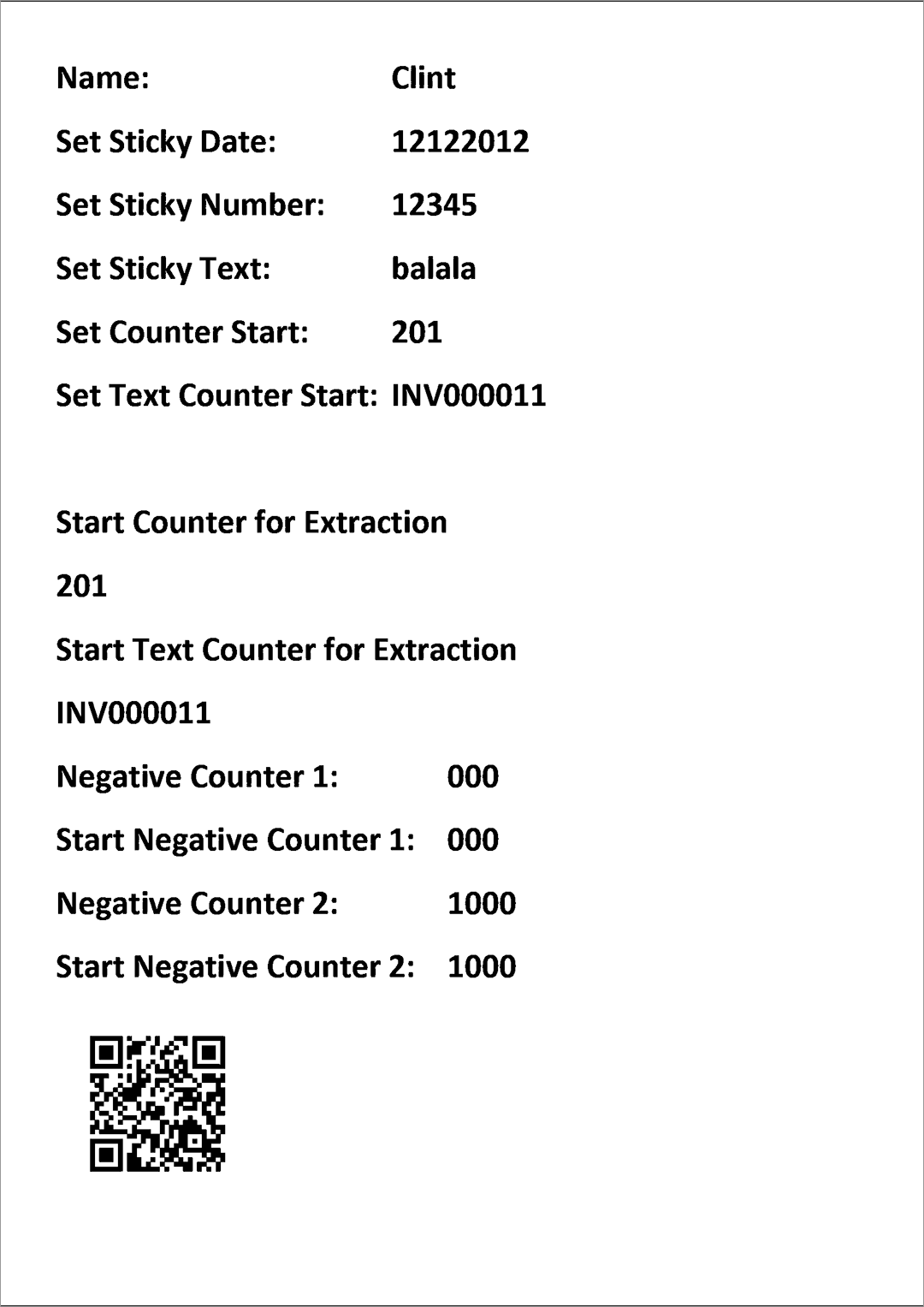How does MetaTool work?
MetaTool acts as a pass-through export connector. A pass-through connector is a connector that performs a function and exports the result to another connector. That means that you export first to MetaTool and after performing a set of defined rules, you export to the final export connector.
For example, first automatically extract the Tax ID from invoices, lookup the supplier name based on Tax ID with MetaTool, then export the result to a SharePoint 365 library. The documents pass through MetaTool and the result ends up in SharePoint 365.
MetaTool can be used to perform following functions:
– Automatic Document Separation
– Image Editing & Document Editing
Once MetaTool has processed the documents, the result is exported to an export connector of choice selected in the MetaTool Export tab.
| A batch of documents is scanned with Kofax Express |  |
The Kofax Express Export button starts the processing of documents in MetaTool |  |
Once all documents are processed with MetaTool, they are exported to the export connector selected in the MetaTool Export tab |
|---|
It’s recommended to get acquainted with Kofax Express before starting with MetaTool. We have provided multiple quick learning videos explaining different features of Kofax Express. If you want to become an expert, you can download a free in-depth training tutorial. If you don’t have Kofax Express yet, you can download a trial from here.
01 Installing MetaTool
01 Where to get it and how to install it?
When downloading is complete, launch the installer.
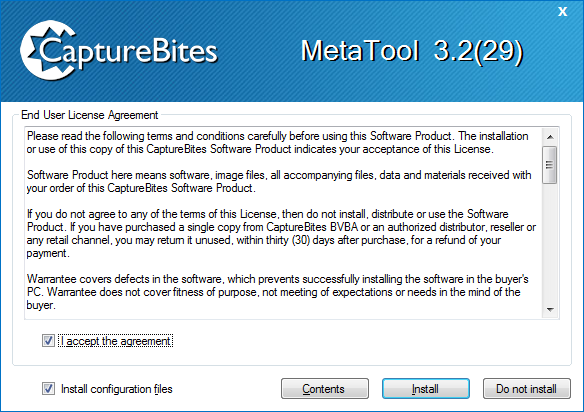


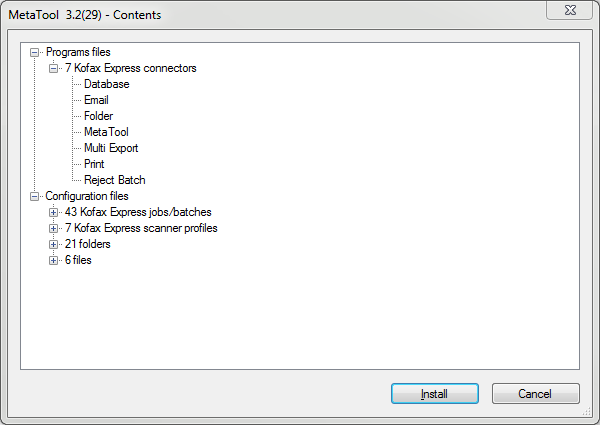
In this mode, you can select specific connectors, jobs, batches, etc to be installed.
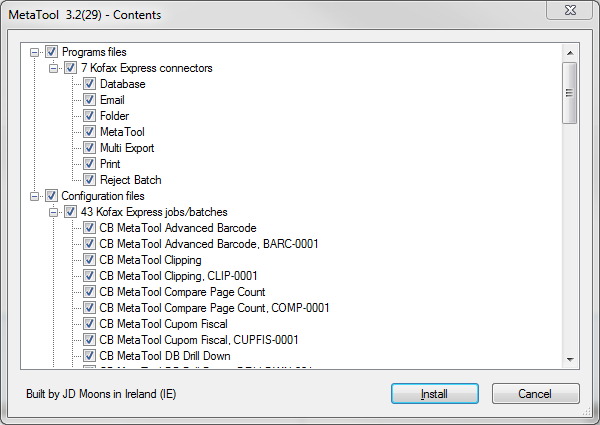
The installed connectors are:
– Email
– Folder
– MetaTool
– Multi-export
– Reject Batch (mainly used with AutoBites)
02 MetaTool – Demo Jobs
Under the Configuration files, you will find 20 different Demo jobs to help you get acquainted with MetaTool and its functions.
A quick overview of these Demo jobs:
Uses following connectors:
– MetaTool
– Multi-Export
– Folder
Uses following connectors:
– MetaTool
– Multi-Export
– Folder
Uses following connectors:
– MetaTool
– Multi-Export
Next, documents with the correct page count and an incorrect page count are exported to separate folders.
This job makes extensive use of the Set Field conditions.
Uses following connectors:
– MetaTool
– Folder
This job makes use of the Find Word based on check sums feature to extract the CNPJ and NFE numbers on the receipts.
Uses following connectors:
– MetaTool
– Folder
Level 1 = State
Level 2 = County
Level 3 = City
This job makes use Database Lookup filters.
This job makes use of an Excel file as the database.
The Excel file is located in C:\State_County_City_Zip_TZ.xls
Uses following connectors:
– MetaTool
– Folder
If the data is machine printed on the document, the lookup is completely automatic. If that data is handwritten, the database can be searched via multiple fields for the correct person in MetaTool Validation.
This job makes use of an Excel file as the database.
The Excel file is located in C:\CaptureBites\DB\CaptureBitesTables.xls.
The job makes use of the “International Names” sheet in the Excel file.
Uses following connectors:
– MetaTool
– Multi-Export
– Folder
This job makes use of keyword lookup to classify real estate documents by document type and property location. The keywords are stored and maintained in an external SharePoint 365 list.
Note: this job uses the CaptureBites SharePoint 365 demo site and requires an internet connection.
Uses following connectors:
– MetaTool
– Folder
To see the effect of the color drop out, test the extraction rules of this job or refer to the Drop Out section of the Advanced OCR help page.
Uses following connectors:
– MetaTool
– Folder
Extract header data from French car repair shop invoices.
This job makes use of most of MetaTool Extraction and Validation rules.
This job makes use of an Excel file as a database to lookup the supplier name via the extracted VAT ID.
The Excel file is located in C:\CaptureBites\DB\CaptureBitesTables.xls.
The job makes use of the “Garages” sheet in the Excel file.
Uses following connectors:
– MetaTool
– Folder
Extract floating data like Date, Loan Number and Reference from attorney letters.
There is also a step-by-step demonstration video available.
Uses following connectors:
– MetaTool
– Folder
The OCR zone anchors with the bottom of each image and makes use of the Align Zone feature of the Advanced OCR rule to extract data from the bottom part of the page.
We make use of the Find Word based on check sums feature to extract the Giro code.
We als make use of multiple techniques to get rid of redundant spaces in the giro code.
Uses following connectors:
– MetaTool
– Folder
Uses following connectors:
– MetaTool
– Folder
There is also a step-by-step demonstration video available.
This job makes use of a lot of functionality, going from document separation over automatic data extraction of a variety of index data, to database lookup and validation of dates, amounts, quick choice fields.
This job makes use of an Excel file as a database to lookup the inspector’s name via the inspector’s license ID.
The Excel file is located in C:\CaptureBites\DB\CaptureBitesTables.xls.
The job makes use of the “Inspectors” sheet in the Excel file.
This job comes highly recommended to get more familiar with the full range of MetaTool functionality.
As a first time user, we recommend to start with the CB MetaTool Floating Data job first.
Uses following connectors:
– MetaTool
– Folder
Uses following connectors:
– MetaTool
– Multi-Export
– Folder
The same separator sheet can be printed in large quantities. By checking the correct document type and placing it in front of a document in a batch it acts as a QR code seperator and also indicates the document type.
The sheet in word format is installed in C:\CaptureBites\Word Masters\ and can easily be adjusted.
Uses following connectors:
– MetaTool
– Folder
There is also a step-by-step demonstration video available.
Uses following connectors:
– MetaTool
– Folder
You can watch a short video about how redaction / anonymization works using this demo job.
Uses following connectors:
– MetaTool
– Folder
Uses following connectors:
– MetaTool
– Multi-Export
– Folder
– Email
Just single-click on the left top of the name on the envelope to trigger a lookup and index the documents. Documents are exported as PDF files, using the Email connector to send it to the receiver.
This job makes use of an Excel file as the database to lookup the recipient’s name and email address via the extracted company name.
The Excel file is located in C:\CaptureBites\DB\CaptureBitesTables.xls.
The job makes use of the “Entreprises” sheet in the Excel file.
A demonstration video of Single Click OCR can be found here.
Uses following connectors:
– MetaTool
– Folder
Extract data, like Date, Number, Text, from the first document from the batch.
Keep certain data in the following documents in the same batch using the Sticky feature. Change certain values, like Saved Counter, Counter, Text Counter,… by incrementing or decrementing the value using the Counter feature.
03 MetaTool – Enable and Activate MetaTool
After the installation is complete, open Kofax Express.
To enable the CaptureBites MetaTool, press the Job Setup tab and select MetaTool as the export connector in Kofax Express. Press the Setup button next to MetaTool to configure it.

The MetaTool setup window opens.
For instructions on how to activate your MetaTool module, please refer to the following FAQ page:
https://www.capturebites.com/activation/#02
04 MetaTool – Setup
TIP: in the title bar, you can always check the current version of MetaTool.
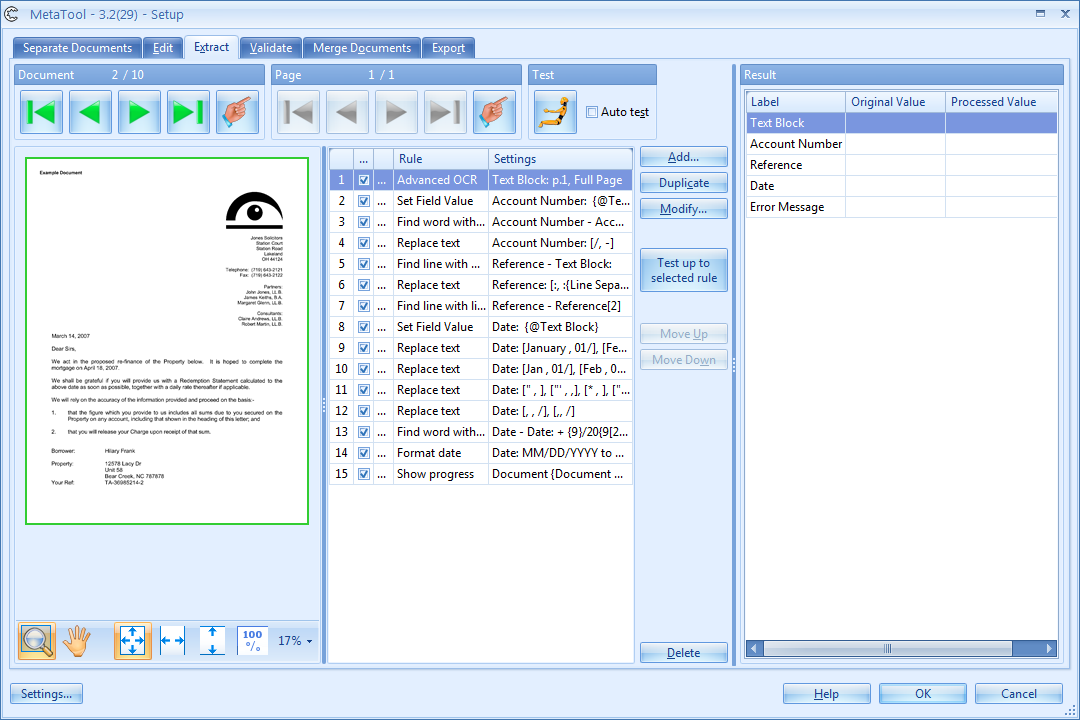

Each of the 6 MetaTool functions is optional and only if you define rules in a tab, will the function be enabled.
The sequence of the functions fits most use cases. You can change the sequence by exporting to MetaTool a second time.
For example, if you first want to open validation to set a global value for a set of unseparated documents and then perform separation. To do so, just export to MetaTool and define your validation rules, then export to MetaTool again from the MetaTool export tab and define your separation rules in this second instance of MetaTool.
You can chain as many MetaTools or any other pass through connectors together.
CaptureBites pass through connectors (connectors that perform a function and export the result to another connector) are:
Validation / Export Options

Press the drop-down arrow button to select an export connector for each of the export destinations. Press the Setup button to open the setup window of the export connector you want to configure.
In the example below, valid documents are exported to a file server and invalid documents are emailed to a person handling the exceptions.
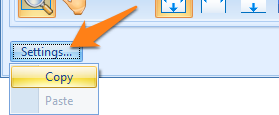

- MetaTool 3.2.x is compatible with both Kofax Express 3.1 and 3.2.
- Jobs defined in Kofax Express 3.1 can be used in Kofax Express 3.2. But jobs defined in Kofax Express 3.2 cannot be used in Kofax Express 3.1.
- All the demo jobs included in the MetaTool installer work with both Kofax Express 3.1 and Kofax Express 3.2.
- Jobs defined with a version of MetaTool cannot be used with a version prior to that version. For example if you defined a job using MetaTool 3.2.31, you cannot use it with MetaTool version 3.2.20. The reason is that 3.2.31 contains new features that don’t exist in version 3.2.20. So if you share a job with someone, we recommend to make use of the Create Installer Tool (free of charge for our partners) and include the latest version of MetaTool and any other connectors used in your job configuration in your installer. This ensures that the target system works with the correct MetaTool version.

